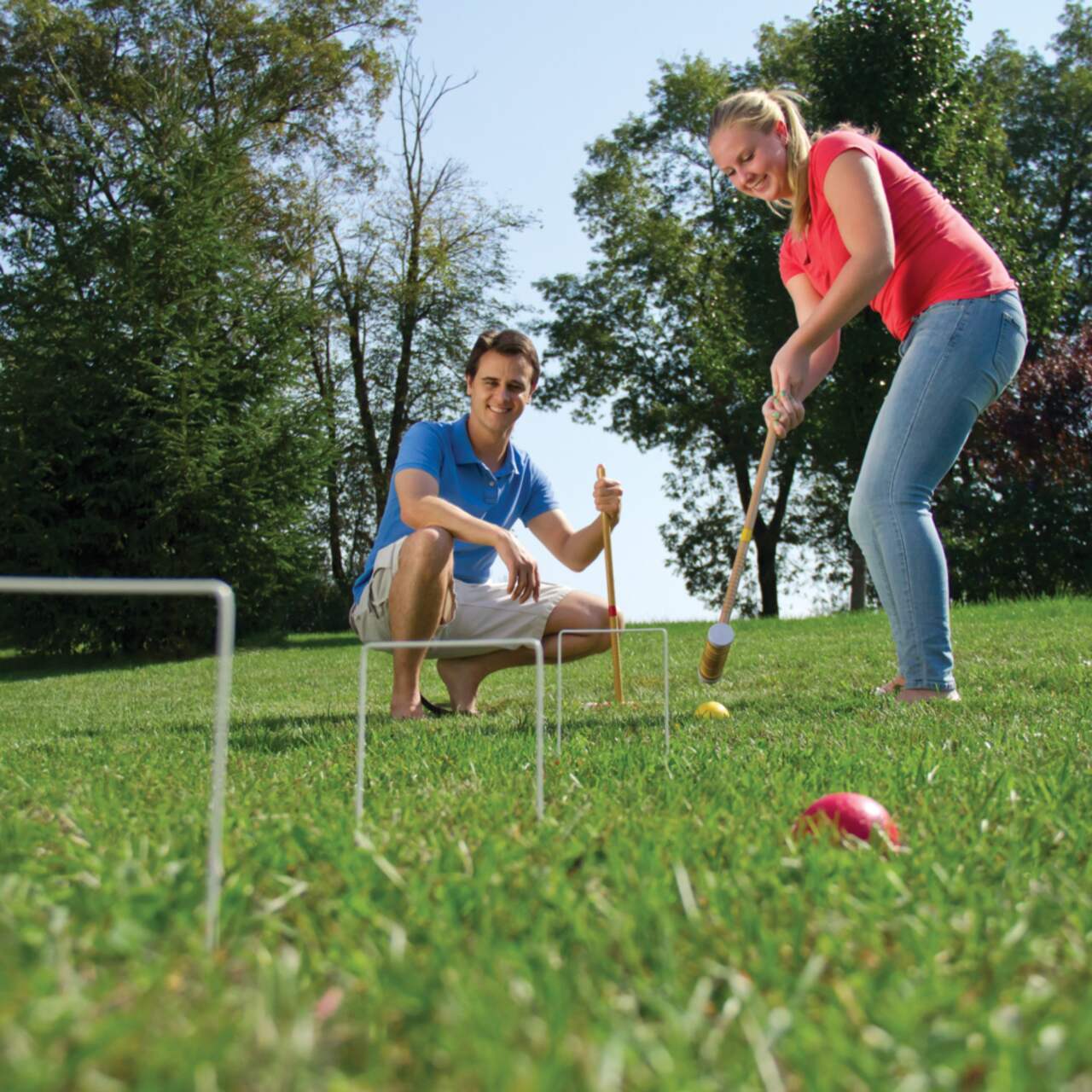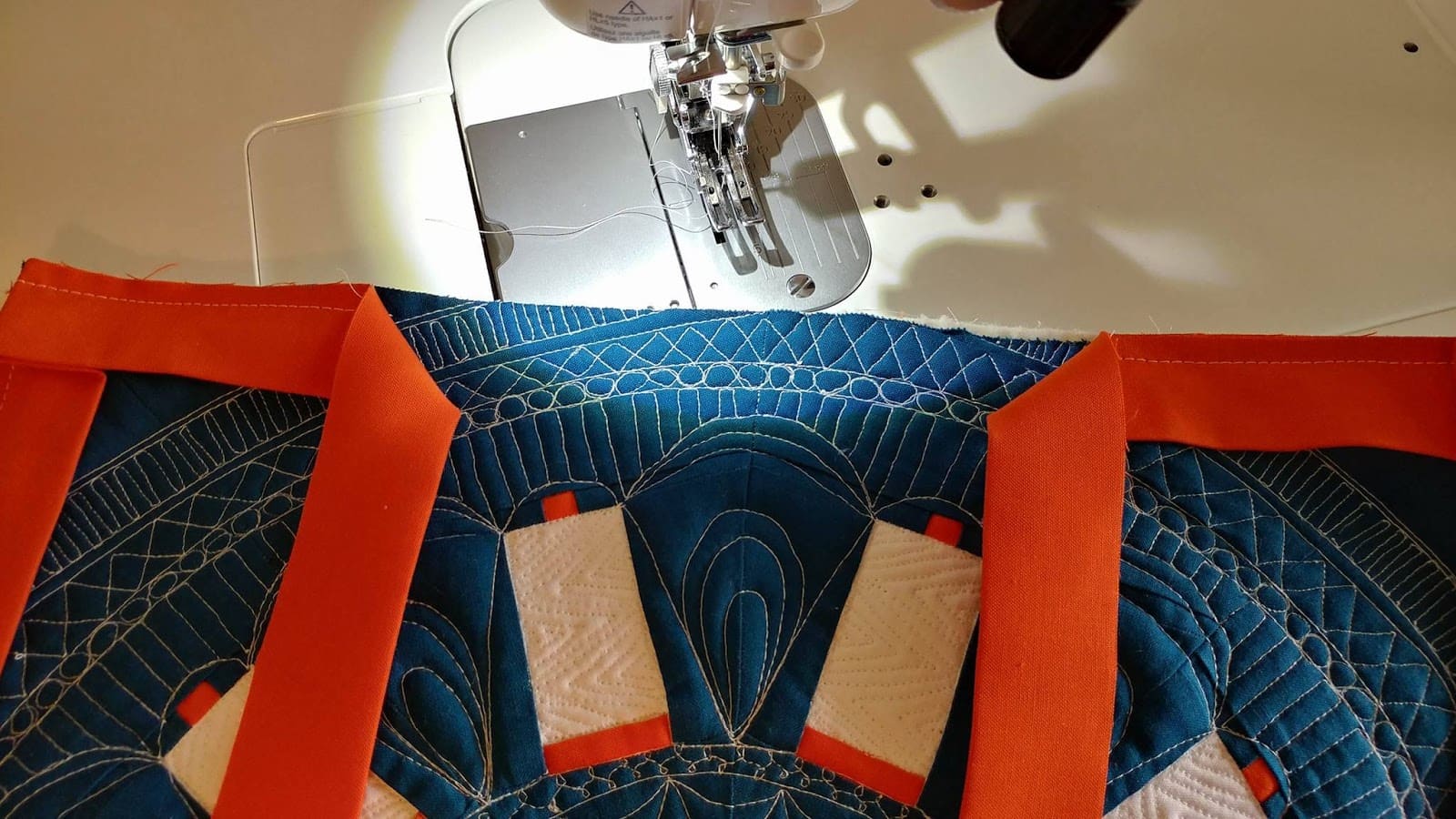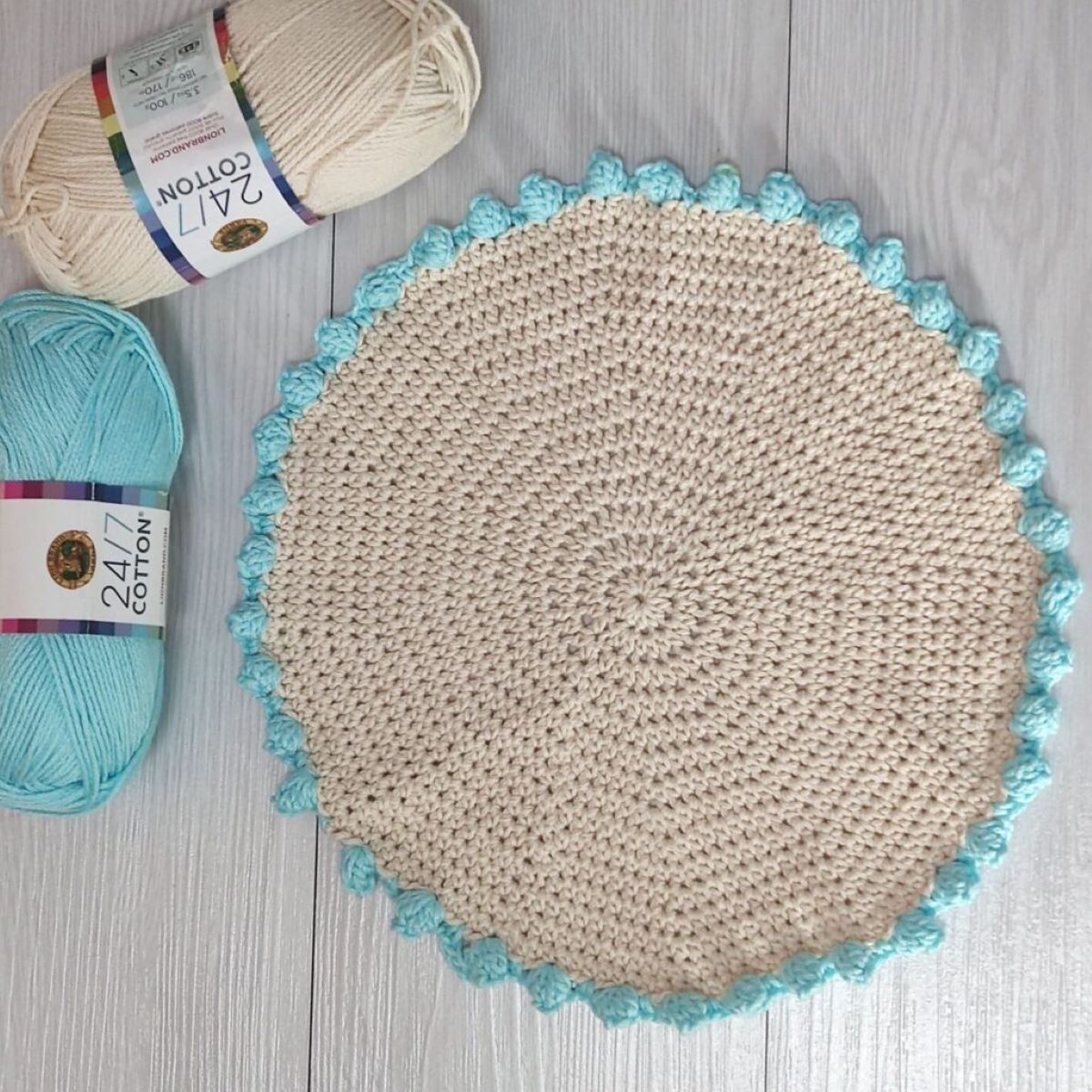Home>Gardening & Outdoor>Outdoor Recreation & Activities>How To Play Croquet For Beginners


Outdoor Recreation & Activities
How To Play Croquet For Beginners
Modified: February 18, 2024
Learn the basics of croquet with our beginner's guide to outdoor recreation and activities. Get started with rules, techniques, and tips for playing croquet.
(Many of the links in this article redirect to a specific reviewed product. Your purchase of these products through affiliate links helps to generate commission for Storables.com, at no extra cost. Learn more)
Introduction
Croquet is a delightful outdoor game that combines strategy, precision, and a touch of finesse. Whether you're looking for a leisurely pastime or a competitive sport, croquet offers a perfect blend of relaxation and excitement. This timeless game has been enjoyed by people of all ages for centuries, making it a wonderful activity for family gatherings, social events, or simply a lazy afternoon in the backyard.
As you step onto the croquet lawn, you'll find yourself immersed in a world of skillful ball striking, strategic maneuvering, and friendly competition. The game's simple yet elegant nature makes it accessible to beginners while offering ample opportunities for mastery and refinement to seasoned players. With its roots tracing back to 19th-century England, croquet has evolved into a beloved pastime embraced by enthusiasts worldwide.
The beauty of croquet lies in its versatility. Whether you're aiming to improve your hand-eye coordination, engage in friendly banter with fellow players, or simply bask in the outdoor ambiance, croquet provides a delightful avenue for all these pursuits. Its gentle pace allows for casual conversation and camaraderie, making it an ideal choice for social gatherings and picnics.
In the following sections, we'll delve into the fundamental aspects of croquet, from the basic rules and equipment to essential techniques and strategies. By the end of this guide, you'll be well-equipped to embark on your croquet journey, whether you're aiming to enjoy leisurely matches with friends or aspire to hone your skills for competitive play. So, grab your mallet, don your game face, and let's explore the enchanting world of croquet together.
Key Takeaways:
- Croquet is a versatile and engaging outdoor game that combines skill, strategy, and camaraderie, making it perfect for leisurely gatherings or competitive play. It offers a delightful blend of relaxation and excitement for players of all ages.
- Mastering the art of striking the ball and employing strategic shots and techniques are essential for success in croquet. Players must navigate the course with precision, outmaneuver opponents, and strategically position their balls to achieve victory.
Read more: How To Play Croquet
Basic Rules of Croquet
Croquet is a game that follows a set of straightforward yet engaging rules, creating an environment where players can strategize, compete, and enjoy the company of fellow enthusiasts. Understanding these rules is essential for anyone looking to embark on their croquet journey. Here's a comprehensive overview of the basic rules of croquet:
-
Objective: The primary objective of croquet is to guide your ball through a course of six hoops in a specific order and direction, then strike the finishing stake. Each player or team must complete this sequence twice, earning one point for each successful circuit.
-
Player Turns: The game begins with a coin toss to determine which player or team takes the first turn. Once the order is established, players take turns, with the player or team whose ball is farthest from the finishing stake going first.
-
Ball Striking Sequence: During a turn, a player must strike their ball with the mallet, aiming to make it pass through the designated hoop in the correct order. If successful, the player earns an additional stroke and continues their turn.
-
Roquet and Continuation: When a player's ball strikes another player's ball, it is called a roquet. The player then earns two additional strokes and has the option to place their ball in contact with the roqueted ball, setting up for a continuation shot.
-
Scoring Hoops and the Finishing Stake: Successfully passing through a hoop earns the player an additional stroke. Once a player's ball strikes the finishing stake, they earn two additional strokes and complete their turn.
-
Faults and Penalties: Various faults, such as striking the wrong ball or failing to pass through a hoop in the correct order, result in the loss of a stroke. It's crucial to adhere to the rules to avoid penalties that may impact your overall performance in the game.
Understanding and adhering to these basic rules forms the foundation for an enjoyable and competitive game of croquet. As you familiarize yourself with these guidelines, you'll find yourself immersed in the strategic and captivating world of croquet, where every stroke and maneuver can make a significant difference in your quest for victory.
Equipment Needed
To embark on a thrilling game of croquet, you'll need a few essential pieces of equipment to set the stage for an enjoyable and competitive experience. Here's a detailed look at the equipment required to kickstart your croquet journey:
1. Croquet Set
The cornerstone of any croquet game is the croquet set itself. Typically, a standard croquet set includes mallets, balls, hoops (also known as wickets), a finishing stake, and boundary pegs. These components come together to form the playing field and provide the necessary tools for players to navigate the course and compete with skill and precision.
2. Mallets
A crucial component of the croquet set, mallets come in various sizes and designs to accommodate players of different ages and skill levels. The mallet serves as the primary tool for striking the ball, requiring a balance of control and power to maneuver the ball through the course and execute strategic shots. When selecting a mallet, consider factors such as weight, grip, and overall comfort to ensure an optimal playing experience.
Read more: When Was Croquet Invented?
3. Balls
Croquet sets typically include a set of colored balls, each representing a player or team. These balls are designed for durability and visibility, allowing players to track their progress and distinguish their shots amidst the vibrant outdoor backdrop. The weight and size of the balls contribute to the game's dynamics, influencing the precision and strategy required to navigate the course and outmaneuver opponents.
4. Hoops (Wickets)
The hoops, or wickets, form the intricate course through which players guide their balls. These metal arches are strategically positioned on the lawn, creating a challenging yet rewarding path for players to navigate. Successfully passing through the hoops in the correct order is a fundamental aspect of the game, requiring precision and finesse to advance through the course and earn additional strokes.
5. Finishing Stake
At the heart of the croquet course stands the finishing stake, marking the ultimate goal for players to strive toward. This pivotal element serves as the endpoint for each circuit of the course, requiring players to carefully position their balls for a decisive strike that signals the completion of a circuit. The finishing stake adds a thrilling dimension to the game, setting the stage for strategic maneuvers and exhilarating finishes.
6. Boundary Pegs
Boundary pegs play a crucial role in defining the playing area, ensuring that players adhere to the designated course and maintain a fair and competitive environment. These pegs mark the boundaries of the croquet lawn, providing a clear framework for players to navigate and strategize within. By respecting the boundaries, players can engage in spirited matches while upholding the integrity of the game.
As you assemble the necessary equipment and prepare to set up the croquet course, each component contributes to the immersive and dynamic nature of the game. With the right tools at your disposal, you'll be ready to step onto the croquet lawn and immerse yourself in a world of skillful maneuvers, strategic plays, and friendly competition.
Read more: What Are The Rules Of Croquet?
Setting Up the Game
Setting up a game of croquet involves meticulous preparation to create an engaging and fair playing environment. Here's a step-by-step guide to setting up the game and creating the perfect croquet course:
1. Selecting the Playing Area
Choose a level and spacious area for the croquet course, ensuring that the ground is free of obstructions and debris. The ideal playing surface is a well-maintained lawn or grassy area that allows for smooth ball movement and strategic maneuvering.
2. Placing the Hoops
Position the hoops, also known as wickets, in the designated sequence to form the course. The standard croquet course consists of six hoops, which are strategically spaced apart to create a challenging yet achievable path for players to navigate.
3. Setting Up the Finishing Stake
Place the finishing stake at the center of the course, marking the ultimate goal for players to strive toward. The finishing stake serves as the endpoint for each circuit of the course, adding a thrilling dimension to the game and setting the stage for strategic maneuvers.
Read more: How To Win At Croquet
4. Establishing Boundaries
Use boundary pegs to define the playing area and mark the boundaries of the croquet course. By clearly outlining the boundaries, players can navigate the course with precision and adhere to the designated playing area, ensuring a fair and competitive environment.
5. Arranging the Mallets and Balls
Distribute the mallets and colored balls to the players or teams, ensuring that each participant is equipped with the necessary tools to embark on the croquet journey. The mallets and balls are essential components that enable players to navigate the course and compete with skill and precision.
6. Reviewing the Course Layout
Before commencing the game, review the layout of the croquet course to ensure that the hoops, finishing stake, and boundary pegs are positioned correctly. This step helps to verify the integrity of the course and provides players with a clear understanding of the playing environment.
By following these steps, you can set up a captivating and fair game of croquet, providing players with an immersive and dynamic playing experience. The meticulous arrangement of the course elements sets the stage for strategic maneuvers, skillful shots, and friendly competition, allowing participants to fully immerse themselves in the enchanting world of croquet.
How to Hold the Mallet
The way you hold the mallet in croquet significantly influences your ability to strike the ball with precision and control. A proper grip not only enhances your maneuverability but also allows for consistent and accurate shots, contributing to your overall performance in the game. Here's a detailed guide on how to hold the mallet effectively to elevate your croquet skills.
Read more: How To Quilt For Beginners
Hand Placement
Begin by positioning your dominant hand at the top of the mallet handle, ensuring a firm yet comfortable grip. Your dominant hand provides the primary control and power for striking the ball, making it essential to establish a secure and balanced hold. Place your non-dominant hand lower on the handle, providing additional support and stability as you maneuver the mallet during your shots.
Grip Pressure
Maintain a moderate grip pressure to achieve a delicate balance between control and fluidity. Squeezing the mallet too tightly can restrict your wrist movement and impede your ability to execute precise shots. Conversely, holding the mallet too loosely may result in inconsistent strikes and diminished control. Aim for a relaxed yet assertive grip that allows for fluid motion and precise ball striking.
Alignment and Posture
Ensure that your body and mallet are aligned with the target ball and intended striking direction. Adopt a comfortable and balanced stance, with your feet positioned shoulder-width apart to provide a stable foundation for your shots. Align your shoulders and hips with the target, allowing for a smooth and unhindered swing as you strike the ball with the mallet.
Mallet Angle
Maintain a consistent angle of the mallet head as you prepare to strike the ball. Position the mallet head behind the ball, aligning it with your intended striking path. This alignment sets the stage for a controlled and accurate shot, allowing the mallet to make clean contact with the ball and propel it toward the desired target, whether it's navigating through a hoop or strategically positioning your ball for the next shot.
Read more: How To Set Up A Croquet Game
Follow-Through
Emphasize a smooth and controlled follow-through after striking the ball with the mallet. Allow the mallet to continue its motion in the direction of the shot, maintaining a steady and fluid movement to ensure a clean and effective strike. A well-executed follow-through contributes to the accuracy and power of your shots, enabling you to navigate the course with finesse and precision.
By mastering the art of holding the mallet, you can elevate your croquet game to new heights, executing strategic shots with confidence and finesse. The proper grip and technique empower you to navigate the course with precision, outmaneuver opponents, and fully immerse yourself in the captivating world of croquet.
Striking the Ball
Striking the ball in croquet is a fundamental skill that forms the essence of the game, requiring a delicate balance of precision, strategy, and finesse. As you prepare to strike the ball with your mallet, several key elements come into play, influencing the trajectory, speed, and overall outcome of your shot. Mastering the art of striking the ball empowers you to navigate the course with confidence, execute strategic maneuvers, and position your ball for optimal advantage.
Positioning and Alignment
Before striking the ball, carefully position yourself to align the mallet with the target ball and intended striking path. Adopt a balanced stance, ensuring that your body and mallet are aligned with the target. This alignment sets the stage for a controlled and accurate shot, allowing the mallet to make clean contact with the ball and propel it toward the desired target, whether it's navigating through a hoop or strategically positioning your ball for the next shot.
Mallet Swing
As you initiate the swing, focus on maintaining a fluid and unhindered motion to generate the necessary force and accuracy. The mallet swing should flow seamlessly from the backswing to the point of contact with the ball, allowing for a smooth and controlled transfer of energy. Emphasize a consistent and steady swing, harnessing the momentum to propel the ball with precision and finesse.
Read more: How Many Wickets In A Croquet Set?
Striking Technique
When striking the ball, aim to make clean and solid contact with the mallet head, ensuring that it connects with the center or slightly below the center of the ball. This striking technique maximizes control and accuracy, allowing you to guide the ball with finesse and navigate through the course with strategic intent. By mastering the striking technique, you can exert precise influence over the ball's trajectory and position it for subsequent shots with strategic advantage.
Read more: How To Set Up A Croquet Game
Follow-Through
After striking the ball, maintain a smooth and controlled follow-through to complete the shot with finesse. Allow the mallet to continue its motion in the direction of the shot, ensuring a steady and fluid movement that enhances the accuracy and power of your strike. A well-executed follow-through contributes to the overall effectiveness of your shot, enabling you to navigate the course with finesse and position your ball strategically for subsequent maneuvers.
By honing your skills in striking the ball, you can elevate your croquet game to new heights, executing strategic shots with confidence and finesse. The art of striking the ball embodies the essence of croquet, allowing players to exert precise control, navigate the course with finesse, and immerse themselves in the captivating world of this timeless game.
Basic Shots and Techniques
Mastering a variety of shots and techniques is essential for excelling in the game of croquet. Each shot serves a specific purpose, whether it's advancing your ball through the course, strategically positioning your ball for subsequent maneuvers, or disrupting your opponents' progress. By familiarizing yourself with these fundamental shots and techniques, you can elevate your croquet skills and approach the game with confidence and strategic intent.
1. Split Shot
The split shot involves striking your ball in a manner that sends it in two different directions, allowing you to position it strategically for subsequent shots. This versatile technique enables you to navigate the course with precision, creating opportunities to outmaneuver opponents and gain a strategic advantage.
Read more: What Is Croquet? (The Game)
2. Roll Shot
The roll shot emphasizes controlled and gentle striking, propelling the ball with minimal force to navigate through narrow spaces or position it near a hoop for an advantageous follow-up shot. This technique requires finesse and precision, allowing you to execute strategic maneuvers with subtlety and accuracy.
3. Rush Shot
The rush shot involves striking your ball to position it in close proximity to another ball, creating strategic opportunities for subsequent maneuvers. By executing a well-planned rush shot, you can disrupt your opponents' positioning, set up defensive plays, or create favorable positions for your own ball.
4. Takeoff Shot
The takeoff shot focuses on propelling your ball with sufficient force to navigate through multiple hoops in a single stroke, maximizing your progress through the course and earning additional strokes. This powerful and calculated shot requires precise aim and controlled striking, allowing you to advance strategically and gain a competitive edge.
5. Split-Roll Shot
Combining elements of the split shot and roll shot, the split-roll shot enables you to simultaneously position your ball in two different directions while maintaining controlled movement. This technique offers a strategic advantage by creating diverse opportunities for subsequent shots and maneuvering through challenging sections of the course.
Read more: How To Crochet A Blanket For Beginners
6. Defensive Shots
In addition to offensive maneuvers, mastering defensive shots is crucial for safeguarding your position and impeding your opponents' progress. Defensive shots involve positioning your ball strategically to block opponents' paths, disrupt their positioning, or create defensive setups that enhance your overall strategic advantage.
By incorporating these shots and techniques into your croquet repertoire, you can approach the game with a multifaceted strategy, leveraging precision, finesse, and strategic intent to outmaneuver opponents and navigate the course with confidence. Each shot serves as a valuable tool in your arsenal, allowing you to adapt to various game scenarios, anticipate opponents' moves, and position yourself for success in the captivating world of croquet.
Scoring and Winning the Game
In croquet, scoring and ultimately winning the game hinge on a combination of strategic play, precise ball striking, and astute maneuvering through the course. Understanding the scoring system and the criteria for victory is essential for players aiming to emerge triumphant in this captivating outdoor game.
Scoring System
Each successful passage of a ball through a hoop earns the player an additional stroke, providing opportunities to strategically position the ball for subsequent maneuvers. As players navigate the course, accumulating additional strokes through successful hoop passages becomes pivotal in maximizing their progress and setting the stage for a competitive edge.
Striking the finishing stake marks a significant milestone in the game, earning the player two additional strokes and signaling the completion of a circuit. This achievement reflects the player's strategic prowess and precision in guiding the ball through the course, setting the stage for a compelling pursuit of victory.
Winning the Game
Victory in croquet is achieved by successfully completing the designated sequence of passing through the six hoops and striking the finishing stake, known as "pegging out." Players or teams aim to accomplish this sequence twice, earning one point for each successful circuit. The pursuit of victory demands a delicate balance of skill, strategy, and foresight, as players strategically position their balls, outmaneuver opponents, and navigate the course with precision.
The player or team that successfully completes the required circuits and strikes the finishing stake twice, accumulating the necessary points, emerges as the victor. This achievement reflects their mastery of strategic play, precise ball striking, and tactical maneuvering, culminating in a triumph that celebrates their skill and acumen in the game of croquet.
As players immerse themselves in the pursuit of victory, the game unfolds as a captivating blend of skillful maneuvers, strategic foresight, and friendly competition. Each stroke and maneuver carries the potential to influence the outcome, creating an environment where players must leverage their expertise and precision to secure the coveted title of victor.
In the enchanting world of croquet, the pursuit of victory is a testament to the players' mastery of the game's intricacies, their ability to navigate the course with finesse, and their strategic acumen in outmaneuvering opponents. As the game unfolds, the pursuit of victory becomes a compelling narrative of skill, strategy, and triumph, culminating in a celebration of the players' dedication and expertise in the timeless game of croquet.
Read more: How To Quilt Corners For Beginners
Conclusion
As we conclude our journey through the captivating world of croquet, it's evident that this timeless outdoor game offers a delightful blend of skill, strategy, and camaraderie. From the meticulous setup of the course to the artful execution of shots and maneuvers, croquet presents a rich tapestry of experiences that engage players of all ages and skill levels. The gentle pace of the game fosters an environment where players can engage in friendly competition, strategic play, and lighthearted banter, creating memorable moments that extend beyond the boundaries of the croquet lawn.
Throughout this guide, we've explored the fundamental rules, essential techniques, and strategic considerations that define the game of croquet. Whether you're aiming to enhance your hand-eye coordination, engage in spirited matches with friends and family, or pursue competitive play, croquet offers a versatile and engaging platform for players to immerse themselves in the art of skillful ball striking and strategic maneuvering.
The allure of croquet lies not only in its gameplay but also in its ability to foster social connections and create shared experiences. As players navigate the course, they engage in friendly rivalries, strategic alliances, and moments of shared triumph and camaraderie. The game transcends mere competition, serving as a conduit for meaningful interactions, shared laughter, and the forging of lasting memories.
As you embark on your croquet journey, whether in the tranquil setting of a backyard gathering or the spirited atmosphere of a competitive match, remember that the true essence of the game lies in the joy of play, the thrill of strategic maneuvering, and the bonds forged through shared experiences. Embrace the nuances of the game, savor the moments of triumph and camaraderie, and revel in the timeless appeal of this beloved outdoor pastime.
So, as you step onto the croquet lawn, mallet in hand and a twinkle in your eye, may each stroke be a testament to your skill, each strategic maneuver a reflection of your foresight, and each shared moment a celebration of the enduring spirit of croquet. Let the enchanting world of croquet unfold before you, inviting you to partake in its timeless charm, strategic depth, and the joy of shared experiences that transcend the boundaries of the playing field.
Frequently Asked Questions about How To Play Croquet For Beginners
Was this page helpful?
At Storables.com, we guarantee accurate and reliable information. Our content, validated by Expert Board Contributors, is crafted following stringent Editorial Policies. We're committed to providing you with well-researched, expert-backed insights for all your informational needs.







0 thoughts on “How To Play Croquet For Beginners”